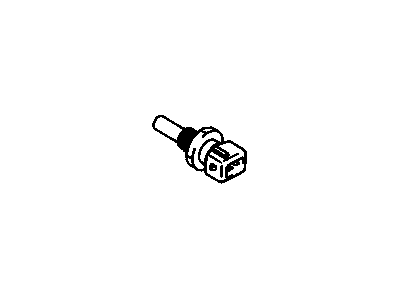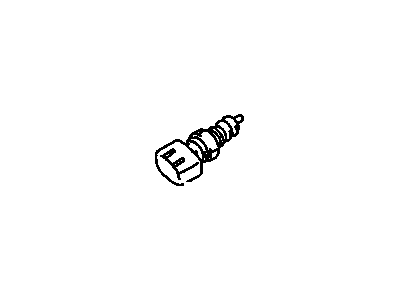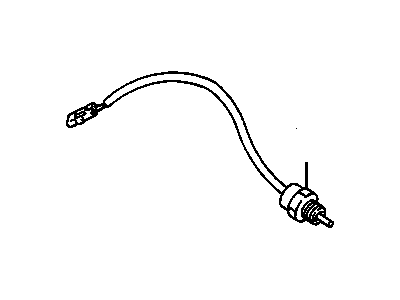
My Garage
My Account
Cart
Genuine Chevrolet Tracker Coolant Temperature Sensor
Coolant Water Temperature Sensor- Select Vehicle by Model
- Select Vehicle by VIN
Select Vehicle by Model
orMake
Model
Year
Select Vehicle by VIN
For the most accurate results, select vehicle by your VIN (Vehicle Identification Number).
5 Coolant Temperature Sensors found
Chevrolet Tracker Coolant Temperature Sensor
Coolant Temperature Sensor is one of the many components found in Chevrolet Tracker cars and is of great valuable since it provides information about the temperature of the coolant for better performance of the car engine. Being a temperature sensor of the coolant, this component measures a significant parameter that determines the performance and viability of the engine. Despite the fact that there could be some distinctions in the types or the design of the Coolant Temperature Sensors depending on the Tracker model or the year of production, the main idea of installing those sensors stays the same- to protect the car's engine from overheating and other problems associated with high temperatures of the coolant.
Each OEM Chevrolet Tracker Coolant Temperature Sensor we offer is competitively priced and comes with the assurance of the manufacturer's warranty for the part. Furthermore, we guarantee the speedy delivery of your orders right to your doorstep. Our hassle-free return policy is also in place for your peace of mind.
Chevrolet Tracker Coolant Temperature Sensor Parts Questions & Experts Answers
- Q: How to Test and Replace a Coolant Temperature Sensor on Chevrolet Tracker?A:The coolant temperature indicator system features a temperature gauge in the instrument panel and a coolant temperature sending unit on the cylinder head, with variations in location depending on the model type; carbureted models have the sending unit below the thermostat housing, while pre-OBD-II models place it on the intake manifold, and later models also use the intake manifold. Some vehicles may have multiple sending units, but only one is utilized for the gauge, while others serve as sensors for the air conditioning system or the Transmission Control Module (TCM). Fuel-injected vehicles include an Engine Coolant Temperature (ECT) sensor that monitors coolant temperature for the Powertrain Control Module (PCM), located in different positions based on engine type. To distinguish between a temperature sending unit and an ECT sensor, count the wires: sending units have one wire, while ECT sensors have two or three. In 1996 and later models, the ECT sensor acts as both the sending unit for the gauge and the information sensor for the PCM. In case of overheating, check the coolant level and ensure the wiring between the gauge and switch is secure, along with intact fuses. To test the circuit, ground the wire to the switch with the ignition on (engine off for safety); if the gauge deflects fully, the sending unit needs replacement. To replace the sending unit, unscrew it from the engine, apply sealant to the threads, and ensure the engine is cool before removal, as coolant will be lost during the process, so be ready to catch it and check the level after installation.
Related Chevrolet Tracker Parts
Browse by Year
2004 Coolant Temperature Sensor 2003 Coolant Temperature Sensor 2002 Coolant Temperature Sensor 2001 Coolant Temperature Sensor 2000 Coolant Temperature Sensor 1999 Coolant Temperature Sensor 1998 Coolant Temperature Sensor 1997 Coolant Temperature Sensor 1996 Coolant Temperature Sensor 1995 Coolant Temperature Sensor 1994 Coolant Temperature Sensor 1993 Coolant Temperature Sensor 1992 Coolant Temperature Sensor 1991 Coolant Temperature Sensor 1990 Coolant Temperature Sensor 1989 Coolant Temperature Sensor














